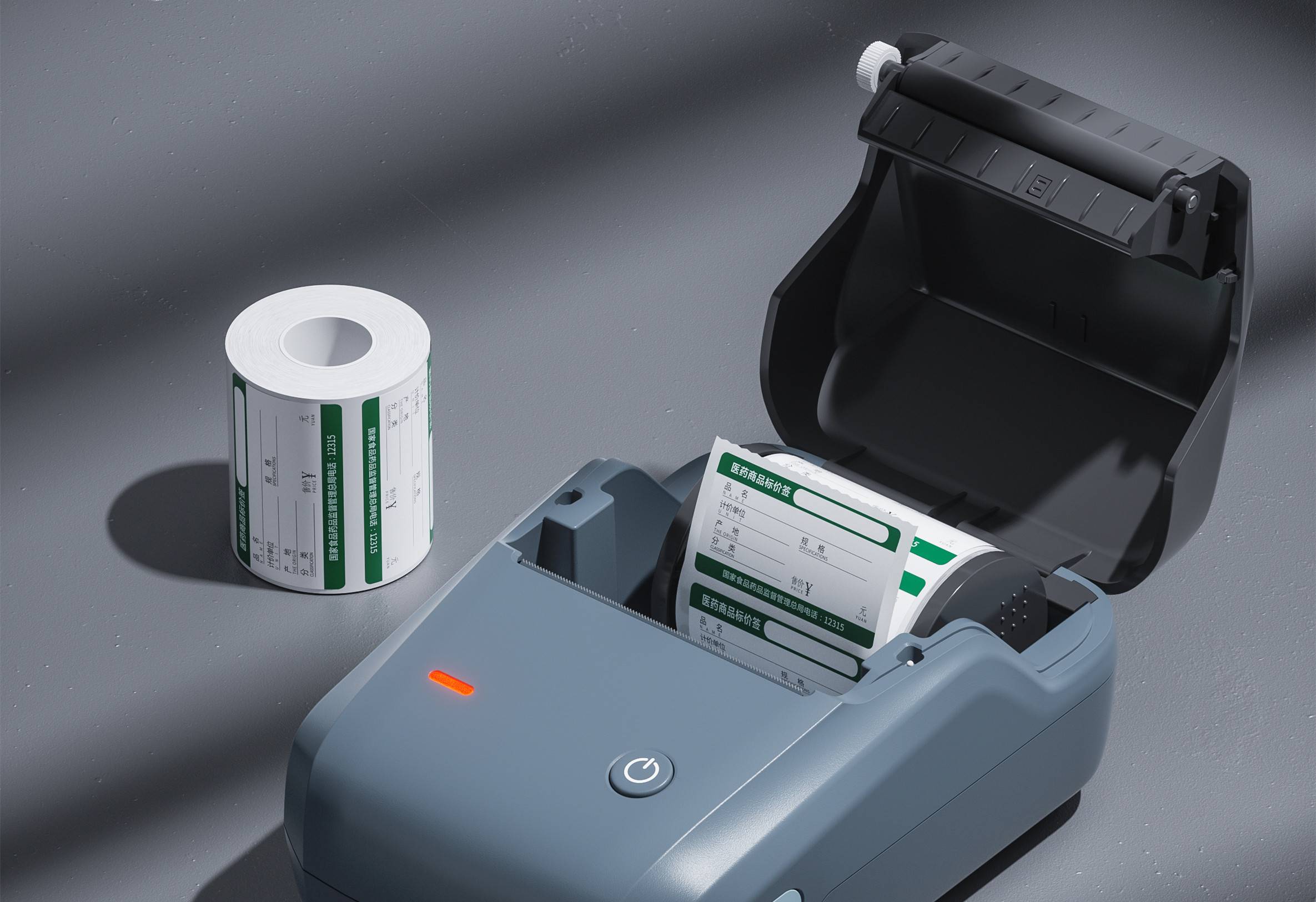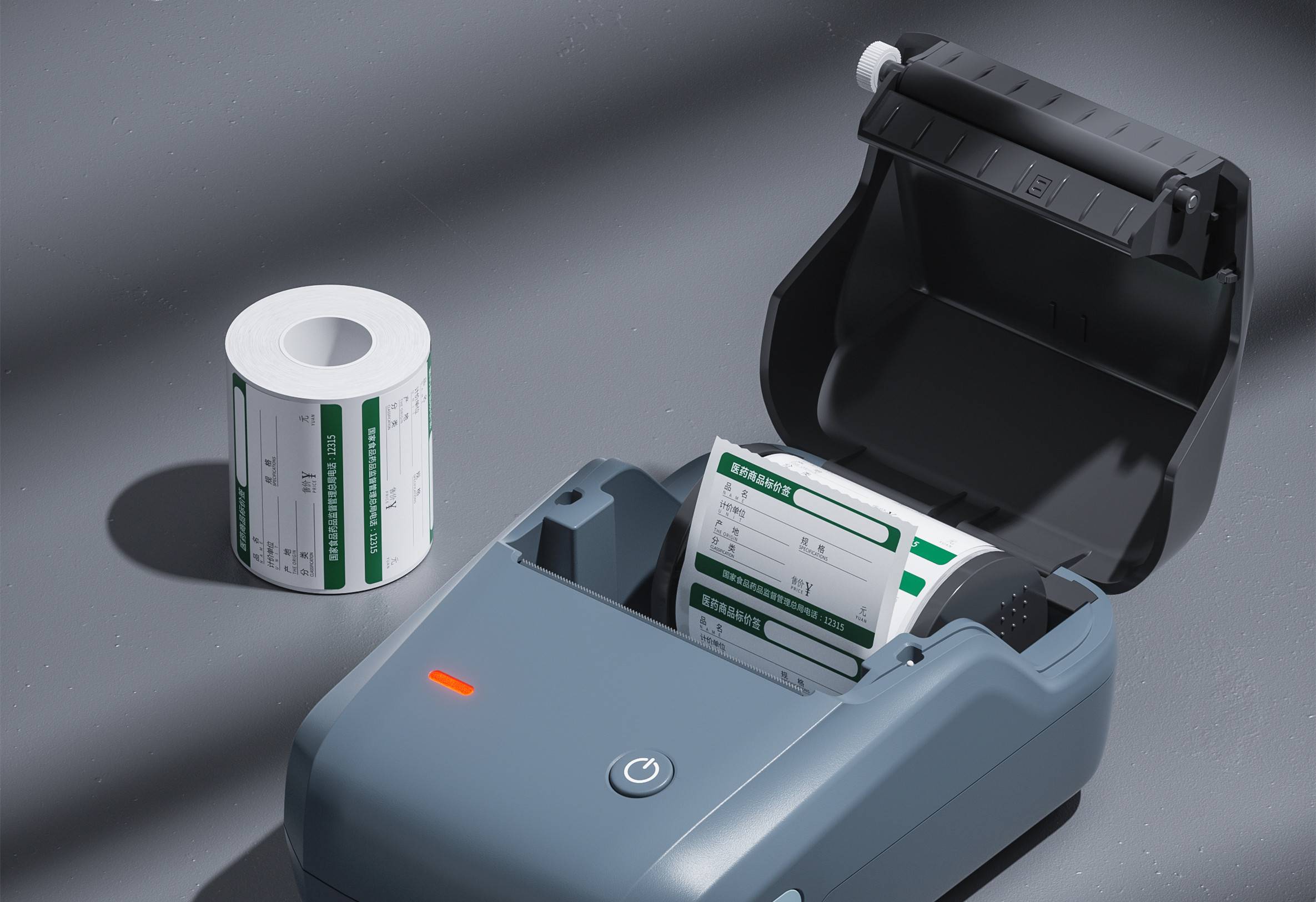
Project Introduction
The process of gradually forming a conductive path on the surface of a solid insulating material under the combined action of an electric field and an electrolyte is called leakage tracking. The ability of the surface of the insulating material to resist tracking is called tracking resistance.
Test purposes
The tracking resistance test is mainly a test to simulate whether the conductive substances deposited on the surface of the insulating material of live parts of different polarities caused by household appliances in actual use cause the creeping, breakdown short circuit and fire hazard of the surface of the insulating material. During the use of electrical products, due to environmental pollution, there are dirt and moisture on the surface of the insulating material, which causes electrical leakage, which leads to corrosion and damages the insulating performance. The test specified in this standard is an accelerated test that simulates extremely harsh conditions to check whether the insulation material will form a trace of leakage, which can distinguish the ability of the solid insulation material to resist tracking in a short time and ensure that the product is under specific environmental conditions. Safe to use.
Scope of application
It is suitable for the research, production and quality inspection departments of lighting equipment, low-voltage electrical appliances, household appliances, machine tool appliances, motors, power tools, electronic instruments, electrical instruments, and information technology equipment. It is also suitable for insulating materials, engineering plastics, electrical connectors, Accessories industry.
Method Standard
For details, see "GB/T 4207-2012 Solid insulating materials under wet conditions compared to the tracking index and tracking resistance index measurement method"
Test analysis
The factors influencing this test can be summarized as follows:
① Sample pretreatment
As the standard requires that the surface of the sample should be clean, and the sample will inevitably have release agent, oil, dust and other contaminants after the manufacturing, transportation, transfer and other links to the final test. Therefore, the sample surface must be cleaned. At present, there are several cleaning methods used for this test in China:
a. Distilled water b. Dry cotton ball c. Eraser d. Anhydrous alcohol. And the cleaning procedures are different. Distilled water will change the humidity of the surface of the sample. Wiping with a dry cotton ball is more difficult to remove grease. Wiping with a rubber eraser will change the true condition of the sample. Anhydrous alcohol can both clean the grease and volatize on its own, which is ideal. Improper cleaning methods have a greater impact on the test results.
② Flatness of test surface, test size and thickness
If the test surface is uneven or has scratches, it will affect the test results and cause the test results to deviate. The size of the sample does not meet 15mm × 15mm × 3mm. During the test, the electrolyte may flow out from the edge of the sample, resulting in a shortening of the combined action time of the electric field and the electrolyte. The thickness is less than 3mm, and the heat capacity of the material becomes smaller, resulting in faster heat dissipation, resulting in The test results are affected.
③ The resistivity and purity of the electrolyte
The resistivity and purity of the electrolyte are two important factors in the tracking test. Because of the conductivity meters commonly used for platinum-black conductivity electrodes, their platinum-black conductivity electrodes are prone to inerting, which leads to inaccurate resistivity testing. So how to use a simple method to determine the performance of platinum black conductivity electrode is good and accurate measurement
The resistivity of the test solution is the key i. The problem of the solution containing impurities is usually easily overlooked, mainly due to the impureness of the distilled water used to prepare the electrolyte.
Relative tracking index and tracking resistance index
Relative Tracking Index (CTI): The highest voltage value of five test samples that can withstand the test process of 50 drops without generating tracking tracking failure and continuous flame. It also includes a description of the characteristics of the material when 100 drops are tested.
(PTI): Five test samples can withstand the test process of 50 drops without generating tracking voltage failure and continuous flame test voltage value.

Label printers entering the Brazilian market, ANATEL certification is an essential passport! It is the recognition of the Brazilian Telecommunications Authority for the safety and compliance of electronic products, without which products cannot be legally sold.

SRRC certification is not only a guarantee of product compliance, but also a key to opening up the market.

FCC ID certification is a mandatory certification for electronic products by the Federal Communications Commission (FCC) in the United States, and it is essential for label printers to obtain this certification.
The process of gradually forming a conductive path on the surface of a solid insulating material under the combined action of an electric field and an electrolyte is called leakage tracking. The ability of the surface of the insulating material to resist tracking is called tracking resistance.
Get a quote